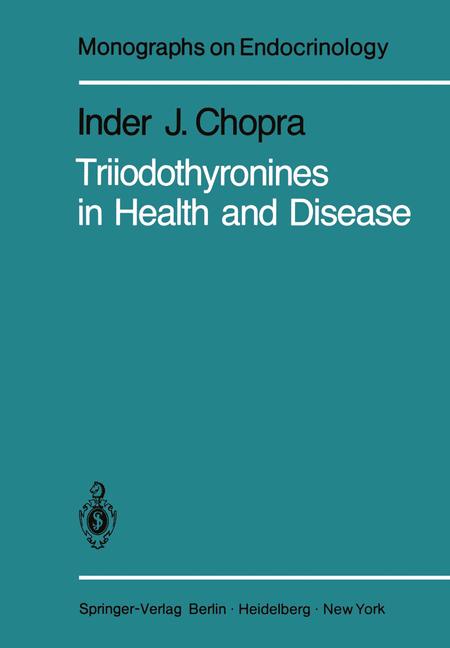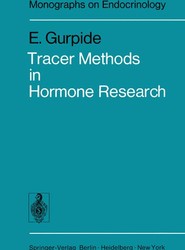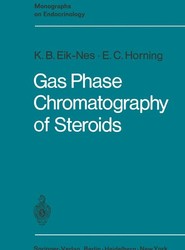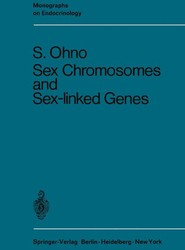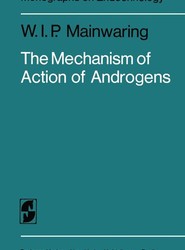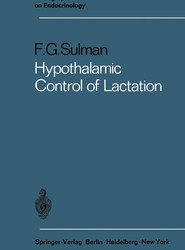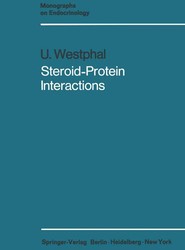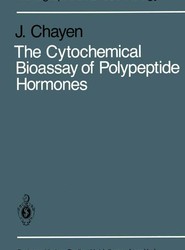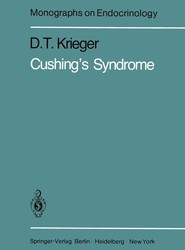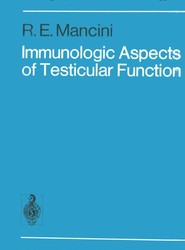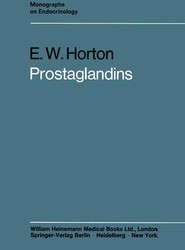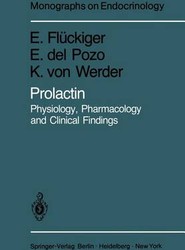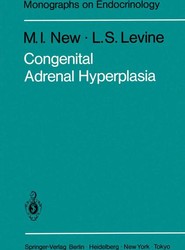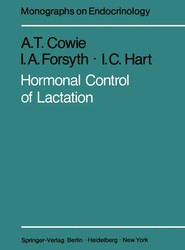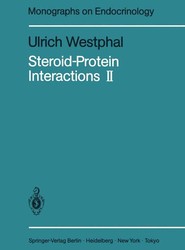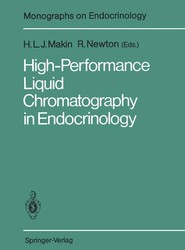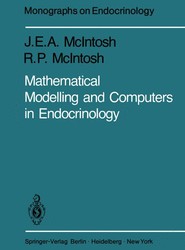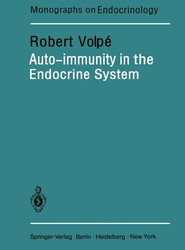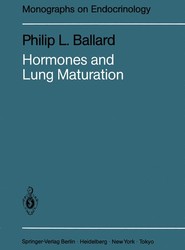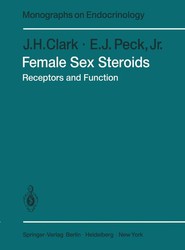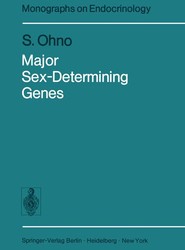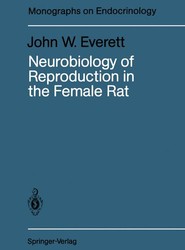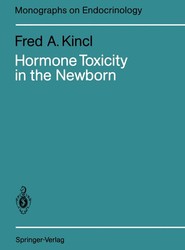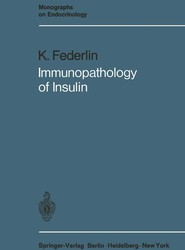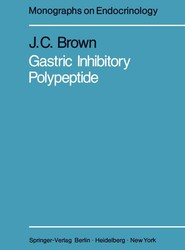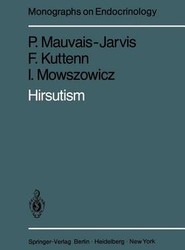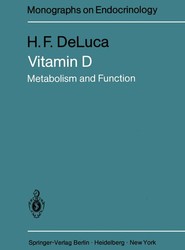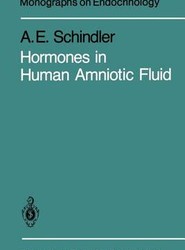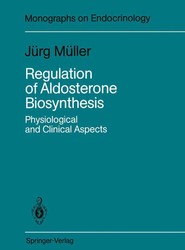(To see other currencies, click on price)
MORE ABOUT THIS BOOK
Main description:
The physiology and metabolism of thyroid hormones were areas of intense research investigation during the 1970s. Radioimmunoassays were applied to study the concentration of iodothyronines in biologic fluids. These techniques proved to be highly sensitive, specific, and reproducible as well as rapid. The availability of specific radioimmunoassays led to the detection of several iodothyronines in human biologic fluids, e. g., reverse triiodothyronine (rT 3), diiodothyronines, monoiodothyronines, and acetic acid derivatives of thyroxine (T 4) and T 3, which were previously either unknown or briefly considered but forgotten in the 1950s. This monograph is intended for readers who desire an overview of thyroid hormone physiology as it was understood in 1979. It should be especially useful to trainees in endocrinology and individuals interested in potential research projects. The main focus has been on the studies conducted between 1969 and 1978, alt~lOugh other information has been reviewed to provide an overall working knowledge of the field. A list of over 500 references, although probably still incomplete, should lead a reader to at least a few important articles in each area relevant to thyroid hormone physiology.
Contents:
1. Description, History, and Calorigenic Activity of Iodothyronines.- 2. Transport of Iodothyronines.- A. Thyroxine-Binding Globulin.- B. Thyroxine-Binding Prealbumin.- C. Free Thyroid Hormones.- 3. Triiodothyronine: Molecular Structure and Biologic Function.- A. Introduction.- B. Stereochemistry and Molecular Conformation.- C. Conformational Analysis.- I. Diphenyl Ring Conformation.- II. 3-Substituent Orientation - Distal or Proximal.- III. Side Chain Orientation.- IV. Intermolecular Interactions.- D. Role of Iodine in Conformation and Activity.- I. Conformational Constraints.- II. Electronic Effects.- III. Iodine Interactions.- IV. Acidity 4-OH.- E. Protein Binding and Biologic Activity.- I. Nuclear Binding Proteins.- II. Binding and Potency of TBG.- III. Thyroxine-Binding Prealbumin Interactions.- F. Summary.- 4. Concentration of Triiodothyronines (T3 and Reverse T3) in Serum and Other Body Fluids.- A. Methods of Measurements.- I. T3 (3, 5, 3-T3).- 1. T3 Radioimmunoassay.- a) Reagents.- b) Procedure.- II. Reverse T3 (3, 3, 5-T3, rT3).- 1. Reverse T3 Radioimmunoassay.- a) Reagents.- b) Procedure.- B. Serum T3 Concentration in Health and Disease.- I. Age-Related Changes.- 1. Fetal and Neonatal Life.- 2. Childhood (1-15 Years of Age).- 3. Adult Life.- II. Effect of Sex.- III. Effect of Thyroid Disease.- 1. Hyperthyroidism.- 2. Hypothyroidism.- 3. Chronic Thyroiditis.- 4. Endemic Goiter.- IV. Effect of Nonthyroidal Illnesses.- V. Effect of Diet on Serum Concentration of T3s.- VI. Effect of Drugs.- 1. Drugs Influencing Extrathyroidal Metabolism of Iodothyronines.- 2. Serum Levels of T3s During Treatment with Thyroid Preparations.- 3. Effect of Administration of TSH and TRH.- C. Urinary Excretion of T3s.- 5. Kinetics of Peripheral Metabolism and Production Rates of T3s.- A. Methods of Measurement and Normal Values.- B. Alterations in Thyroid Diseases.- C. Alterations in Nonthyroid Diseases and Low-T3 Syndrome.- 6. Sources of T3s: Thyroidal Secretion Versus Extrathyroidal Metabolism of T4.- 7. Nature of the Processes of and Factors Influencing Production of T3s fromT4.- A. Outer-Ring Monodeiodination of T4 to T3.- B. Inner-Ring Monodeiodination of T4 to Reverse T3.- 8. Routes of T3s Metabolism.- A. In Vivo Studies.- B. In Vitro Studies.- 9. Biologic Effects of lodothyronines.- A. Mechanism of Action.- B. Some Other Interesting Effects of Thyroid Hormones.- I. Erythropoiesis.- II. Cyclic (3, 5-)Adenosine Monophosphate.- III. Self Degradation.- C. Relative Potency in Various Effects.- References.
PRODUCT DETAILS
Publisher: Springer (Springer-Verlag Berlin and Heidelberg GmbH & Co. K)
Publication date: December, 2011
Pages: 160
Weight: 289g
Availability: Available
Subcategories: Endocrinology
From the same series

